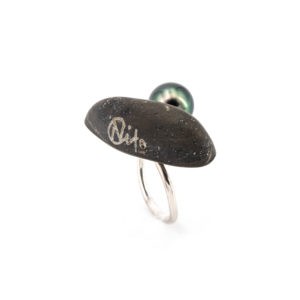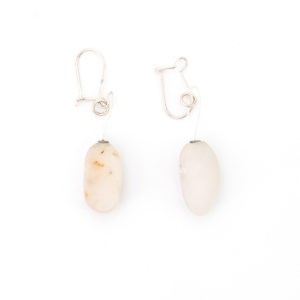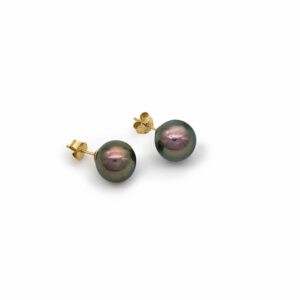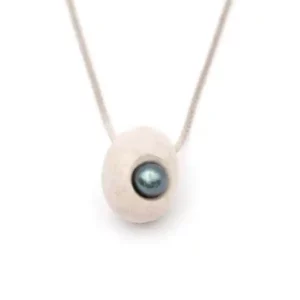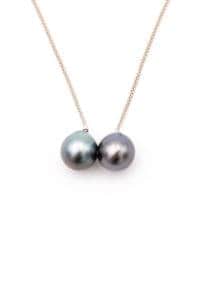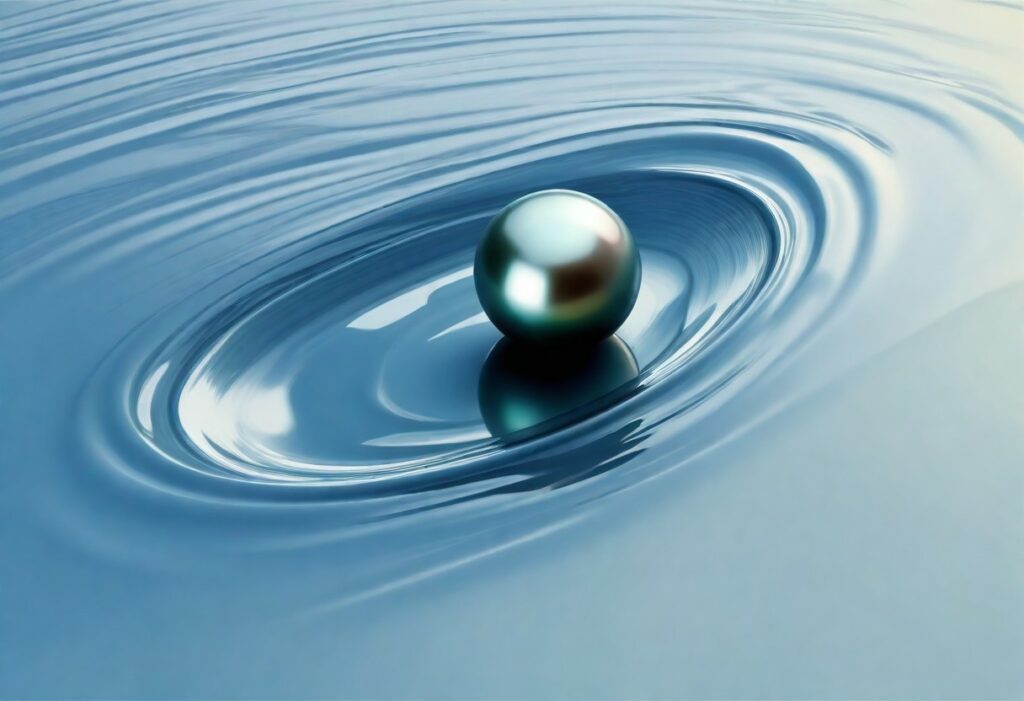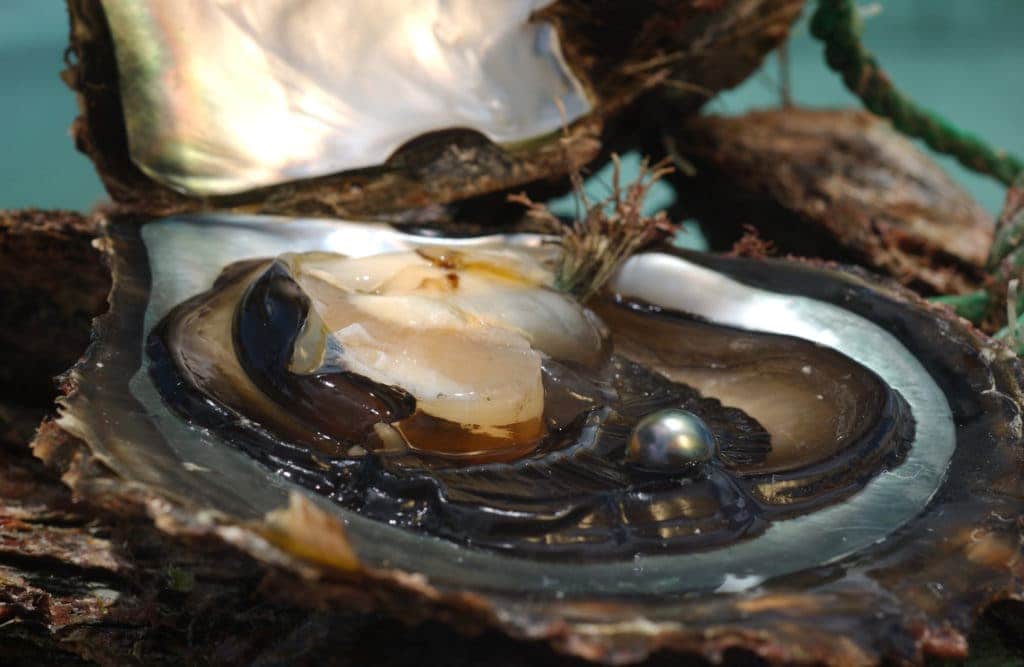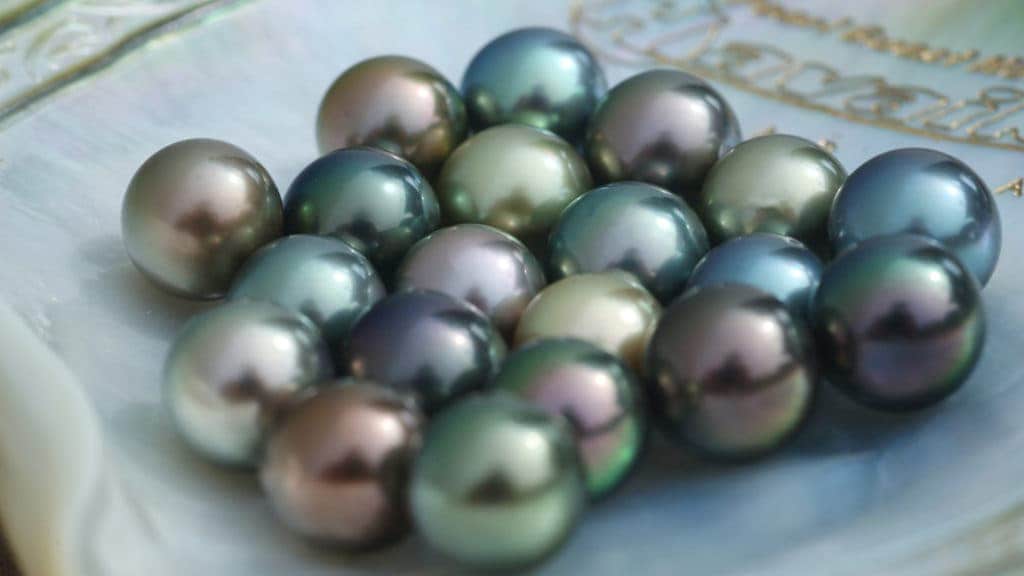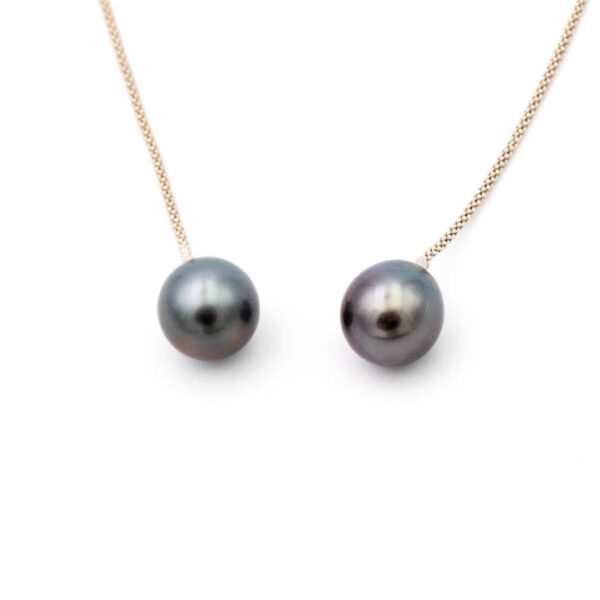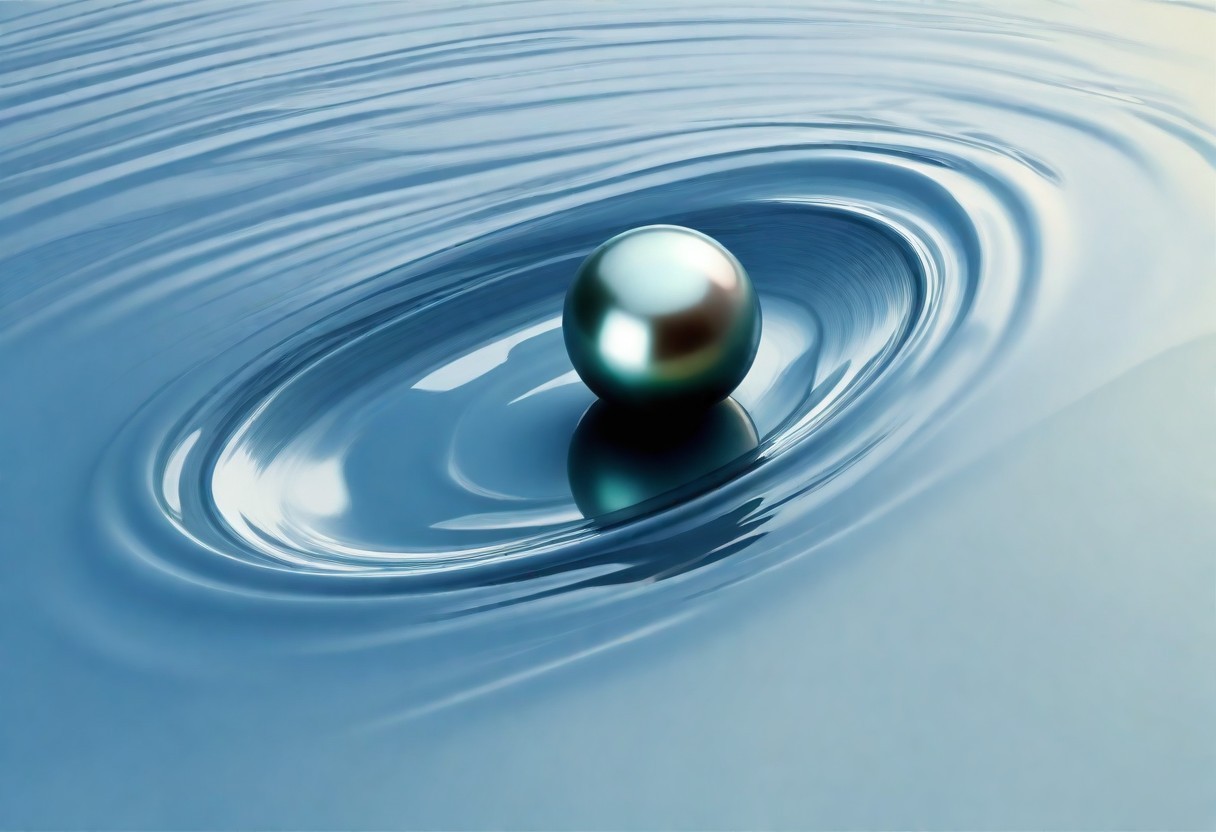The Tahitian Pearl, with its luminous shades and rich color palette, is a true jewel of the oceans, capturing the dazzling essence of the Polynesian lagoons. It is in the harmony of nature of the warm waters of southern Polynesia that these Tahitian cultured pearls come to life, offering a diversity of shapes and graces that enchant and captivate.
Each pearl tells a story of purity and elegance, its round and voluptuous shapes testifying to a natural sensuality. From classic rounds to mysterious ovals, from elegant drops to intriguing rimmed and captivating baroque, the Tahitian Pearl celebrates singularity through a variety of silhouettes.
The spectrum of colors they offer is a tribute to their unique terroir: from vibrant cherry hues to soft cream shades, from deep green to ocean blue, each pearl reflects a specific hue of its original lagoon. Beyond the visual beauty, the size of the Tahitian pearl, ranging from 8 mm to 18 mm, plays a role in its valuation, larger diameters being a precious rarity due to their delicate cultivation.
But what truly sets a pearl apart is its surface – a vivid tableau of natural perfection and organic imperfections, attesting to its true origin. Graded from A to D, the pearls reveal a quality visible to the naked eye, where category A is almost flawless and category D, generously marked by marine life.
The Tahitian Pearl is a living treasure, and its cultivation is an art. This art begins with the careful collection of planktonic larvae, which will become pearl oysters after a careful cleaning and growing process. Grafting, an act of precision and patience, then transforms these oysters into mother-of-pearl creators, delicately enveloping a nucleus in lustrous layers to ultimately form the pearl.
Each pearl harvested is the result of a dialogue between nature and the pearl grower, a testimony to the balance between tradition and innovation, and a celebration of natural beauty forged by time. By choosing a Tahitian Pearl, you are not simply selecting a piece of jewelry, but you are linking yourself to a history, an environment, and a culture that deeply respects the rhythm of the sea.


